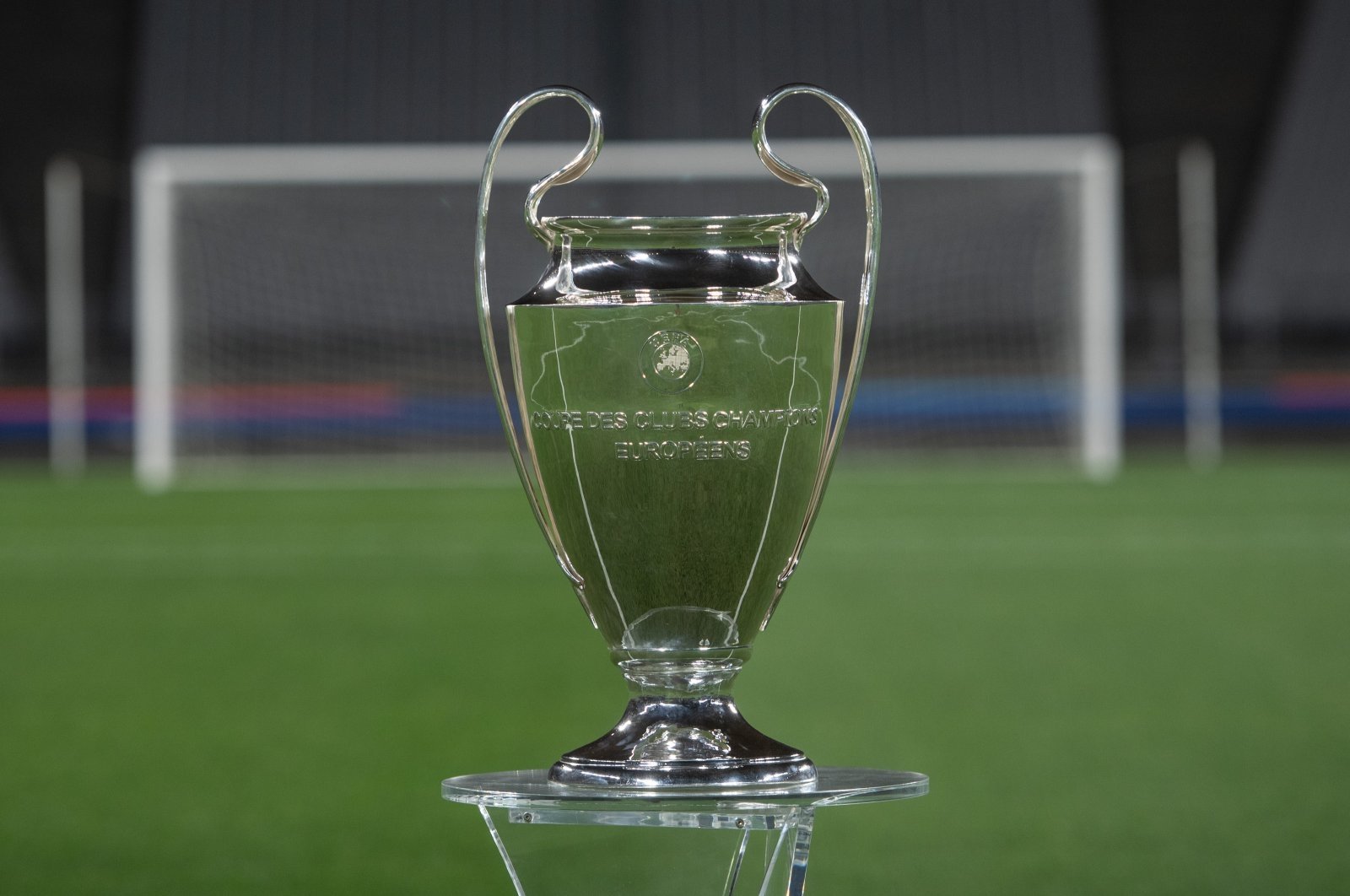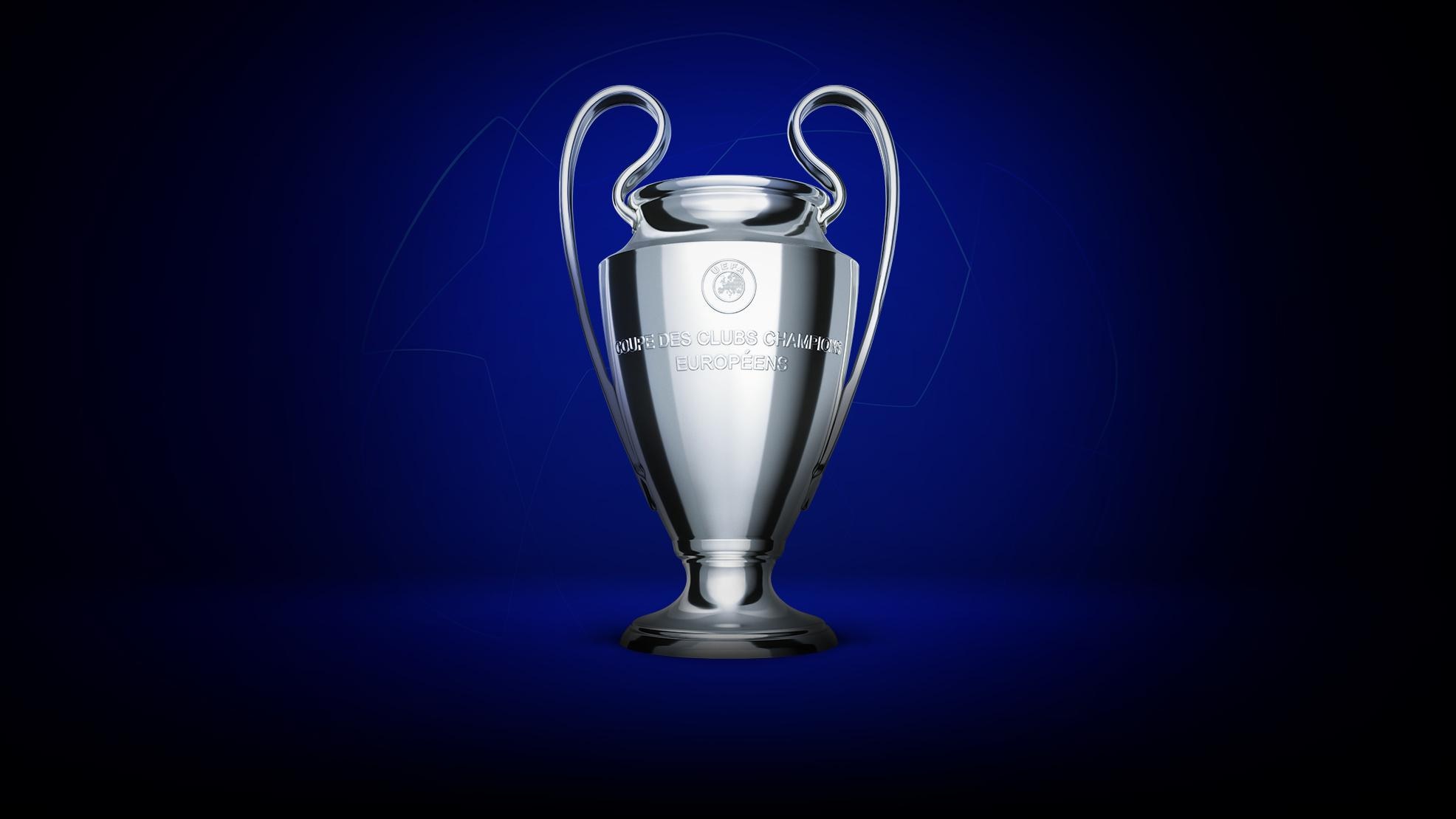The Champions League Cup, Europe’s premier club football competition, boasts a rich history filled with dramatic matches, legendary players, and immense financial stakes. From its humble beginnings as the European Champion Clubs’ Cup, the tournament has evolved into a global spectacle, captivating billions of viewers worldwide and shaping the landscape of modern football. This exploration delves into the competition’s captivating past, present, and future, examining its evolution, format, key players, and significant cultural impact.
This analysis will cover the qualification process, match rules, financial implications, and cultural significance of the Champions League Cup. We will highlight notable players and managers, examine the trophy’s symbolism, and explore the competition’s global reach, providing a comprehensive overview of this prestigious sporting event.
The Evolution of the UEFA Champions League: The Champions League Cup
The UEFA Champions League, the pinnacle of European club football, boasts a rich history marked by dramatic matches, legendary players, and significant rule changes. Its evolution from the European Champion Clubs’ Cup to its current format reflects the growth and globalization of the sport.
Early Years and the European Champion Clubs’ Cup
The competition began in 1955 as the European Champion Clubs’ Cup, a relatively simple tournament featuring only the champions of each participating nation’s top league. The initial format was a straight knockout competition, culminating in a single final match. Real Madrid dominated the early years, winning five consecutive titles between 1956 and 1960, establishing themselves as a force to be reckoned with.
Expansion and the Rebranding to Champions League
Over the decades, the competition expanded, incorporating more teams and adopting a more complex group stage format. The name officially changed to the UEFA Champions League in 1992, reflecting its increased global reach and commercial appeal. This rebranding was accompanied by significant rule changes, including the introduction of a group stage to increase the number of matches and generate more revenue.
The increased number of participating teams also led to a more diverse range of playing styles and tactics.
Historical Data: Champions League Winners, The champions league cup
The following table highlights key moments in the competition’s history:
| Year | Winning Team | Score | Notable Players |
|---|---|---|---|
| 1956 | Real Madrid | 4-3 | Di Stéfano, Puskas |
| 1966 | Real Madrid | 2-1 | Gento, Amancio |
| 1992 | Barcelona | 1-0 | Cruyff, Guardiola |
| 2008 | Manchester United | 1-1 (6-5 pens) | Ronaldo, Rooney, Giggs |
| 2023 | Manchester City | 1-0 | Haaland, De Bruyne |
Team Qualification and the Path to Glory

Qualification for the Champions League is a complex process that varies slightly depending on the nation’s league performance in UEFA’s coefficient rankings. The top leagues, typically those from England, Spain, Italy, Germany, and France, are allocated the most qualifying spots.
Teams qualify based on their league position in the previous season. The top teams automatically qualify for the group stage, while others must navigate qualifying rounds to earn a place. The qualification system rewards consistent high performance in domestic leagues, creating a meritocratic approach to entry into the prestigious tournament.
Examples of underdogs achieving remarkable success include Porto’s victory in 2004 under José Mourinho and Leicester City’s surprising run in the 2016-2017 season. These triumphs highlight the unpredictable nature of the competition and the potential for smaller clubs to compete against established giants.
Match Format and Regulations
The Champions League competition unfolds in two main phases: the group stage and the knockout stage. The group stage consists of eight groups of four teams, with each team playing each other twice (home and away). The top two teams from each group advance to the knockout phase.
The knockout stage is a single-elimination format, starting with the Round of 16. The competition utilizes an away goals rule (though recently abolished), extra time, and penalty shootouts to determine the winner in tied matches. The final match is a single-leg encounter played at a neutral venue.
Champions League Flowchart
A simplified illustration of the tournament progression:
Group Stage (8 groups of 4 teams) → Round of 16 → Quarter-finals → Semi-finals → Final
Key Rules and Regulations

- Each team can register a maximum of 25 players for the group stage.
- A minimum of eight players must be “locally trained” according to UEFA regulations.
- Players can only represent one club in a single Champions League season.
- Specific rules regarding fair play and disciplinary actions apply.
Legendary Players and Managers
The Champions League has been graced by numerous exceptional players and managers who have left an indelible mark on the competition. Their skill, strategy, and leadership have shaped the history of the tournament.
Five Legendary Players:
- Alfredo Di Stéfano (Real Madrid): A prolific goalscorer and influential figure in Real Madrid’s early dominance.
- Franz Beckenbauer (Bayern Munich): A legendary defender and captain, known for his elegance and leadership.
- Johan Cruyff (Ajax, Barcelona): A visionary player and manager who revolutionized the game with his Total Football philosophy.
- Cristiano Ronaldo (Manchester United, Real Madrid, Juventus): A record-breaking goalscorer and one of the greatest players of all time.
- Lionel Messi (Barcelona, Paris Saint-Germain): A magical dribbler and prolific goalscorer, considered one of the greatest players ever.
Managerial Masterminds: Managers like Sir Alex Ferguson, Pep Guardiola, and Carlo Ancelotti have demonstrated tactical brilliance and inspirational leadership, leading their teams to multiple Champions League titles. Their strategies and player management have significantly impacted the competition’s dynamics.
Discover more by delving into la league cup further.
Financial Powerhouse and Global Impact
The Champions League is a lucrative enterprise, generating substantial revenue through broadcasting rights, sponsorships, and prize money. Participation offers significant financial rewards to clubs, boosting their overall financial standing and enabling them to invest in player acquisition and infrastructure.
Prize Money Distribution: The winning team receives a substantial sum, while participating teams also receive prize money based on their performance. The distribution of funds is a key factor in the competition’s economic impact on clubs and their respective leagues.
Broadcasting Rights and Sponsorships: The Champions League attracts lucrative broadcasting deals globally, maximizing its commercial potential. Major sponsors further contribute to the competition’s financial success and global visibility.
Economic Impact on Host Cities: Hosting Champions League matches, especially the final, brings significant economic benefits to the host city, including tourism revenue and job creation.
The Champions League Cup stands as a testament to the enduring power of football, transcending national borders and uniting fans across the globe. Its captivating matches, iconic players, and immense financial impact continue to shape the sport’s landscape. From its humble origins to its current status as a global phenomenon, the Champions League Cup’s legacy is one of thrilling competition, unforgettable moments, and lasting cultural significance.
The future of this competition remains bright, promising more exhilarating matches and legendary moments to come.

